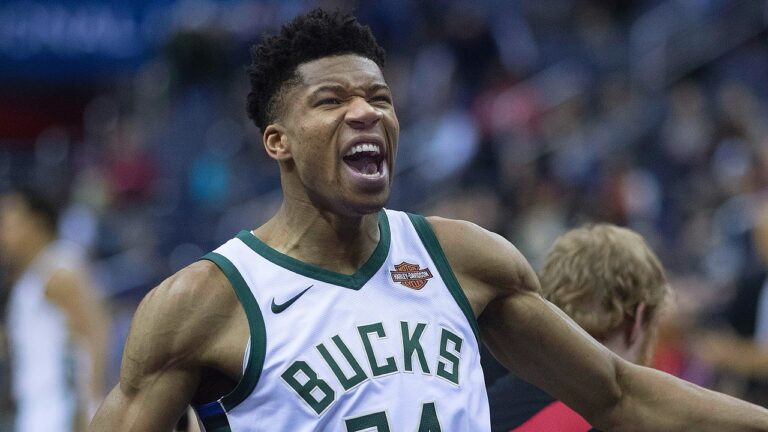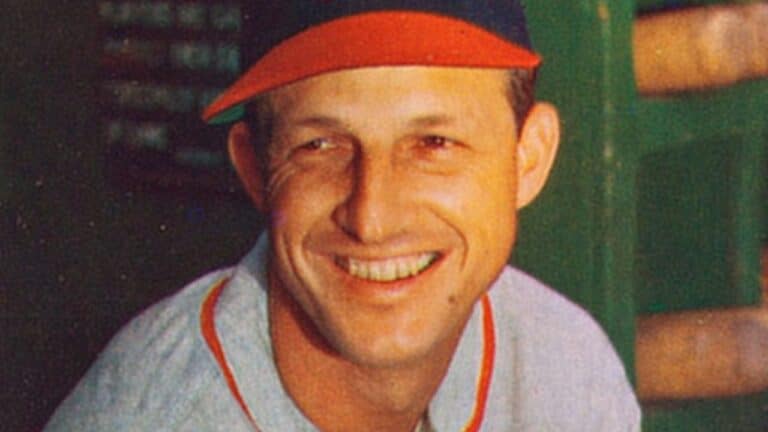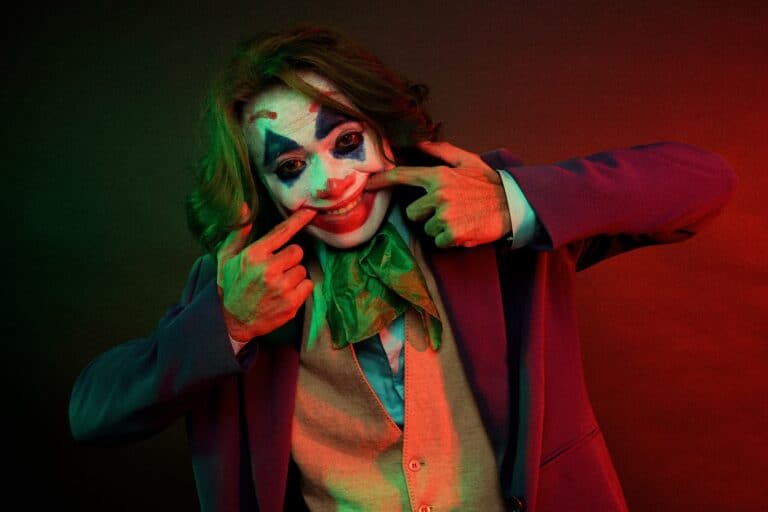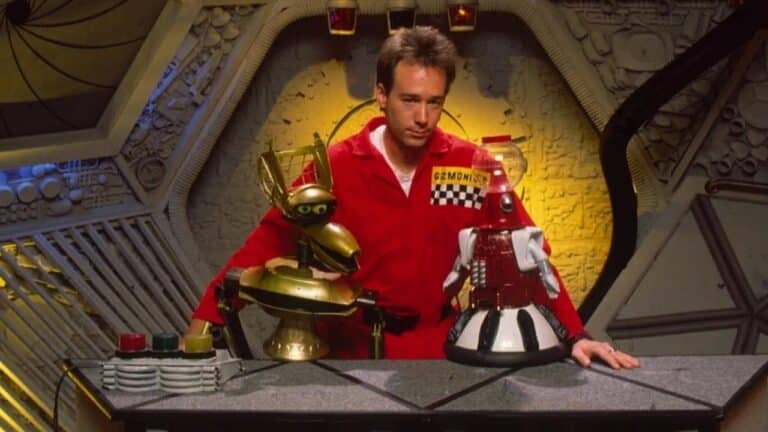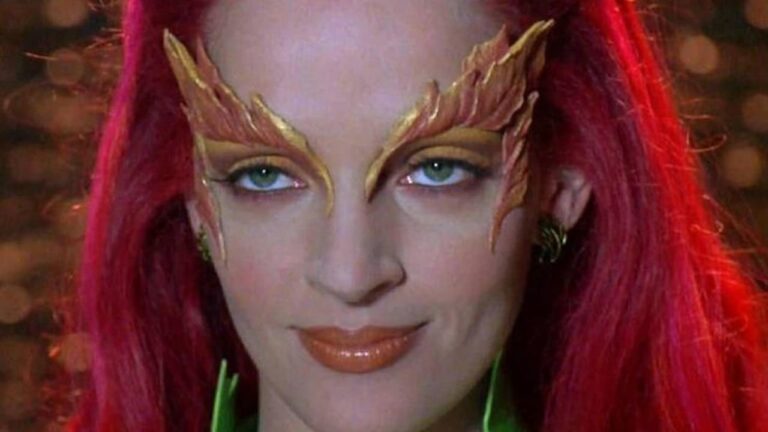15 Films That Nailed Their Opening and Closing Credits

The artistic choices of a movie’s opening and closing credits aren’t commonly discussed, but they should be. Many will overlook or dismiss them, and some people will even leave the theater or not bother to watch the end credits.
Besides giving all involved their due respect, we should celebrate the art of credit sequences. Fifteen of the finest showcases how much the filmmakers care about setting up a mood or ending on a high note.
1. The Lord of The Rings: The Return of The King (2003)
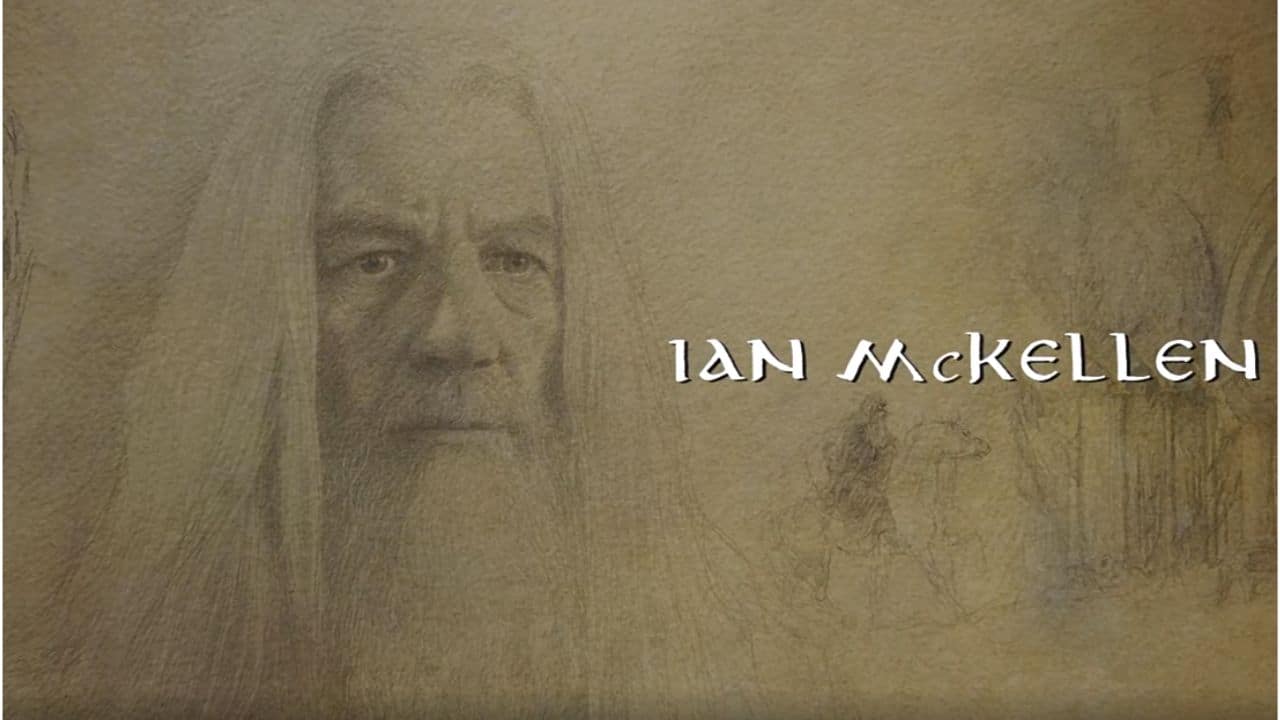
When a film series with a level of artistry like the Lord of the Rings concludes, naturally, filmmakers will go that extra mile with the end credits. Acting as a bookend for all three films, the credits for The Return of the King feature drawings of every leading and supporting actor, as well as concept art. The weathered background reminiscent of parchment adds to the aged look of the artwork. These sketches by Alan Lee, along with Annie Lennox’s “Into the West,” end the trilogy on a beautiful, impactful note.
2. Sherlock Holmes (2009)
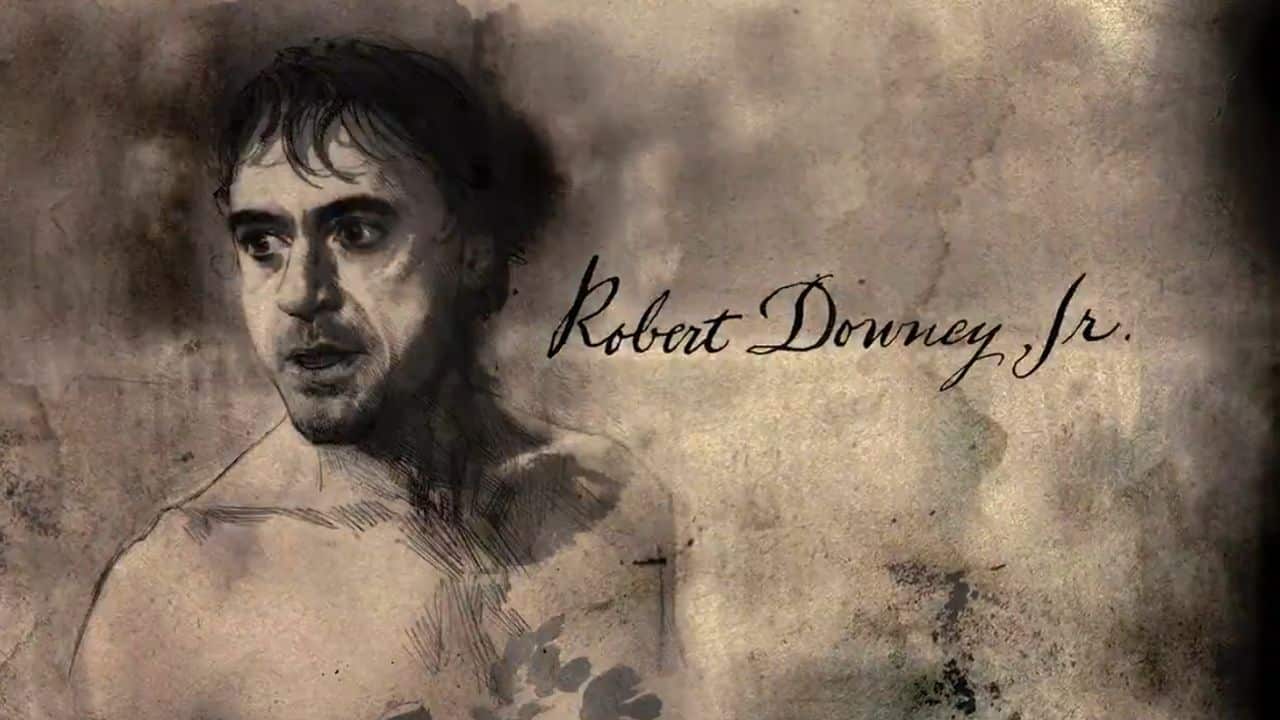
The end credits for Guy Richie’s Sherlock Holmes feature a look similar to The Return of the King but with their own distinctive feel. As Hans Zimmer’s energetic score plays, the de-saturated images flow, dissolve, and transform. These credits resemble a newspaper come to life, match the movie’s vibe, and give it an added dimension.
3. Catch Me if You Can (2002)
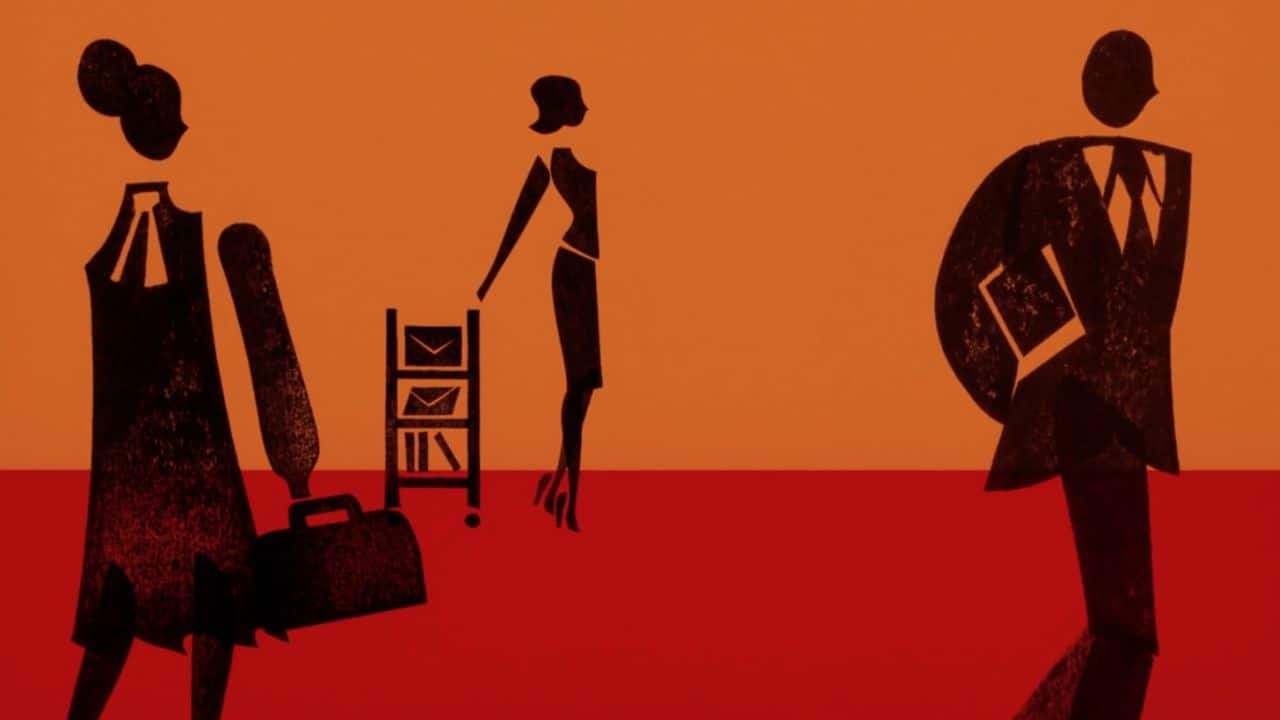
Steven Spielberg sets the tone for Catch Me If You Can with a stylish animated opening credit sequence. The simple animation features a small color pallet of black, white, blue, and yellow, many lines and angles, and a preview of what’s coming.
These credits set the stage for the story of FBI agent Carl Hanratty on the tail of con man Frank Abagnale, who changes from a pilot to a doctor to a lawyer. Interestingly, the images of the two move up, then from left to right, and finally back down, signifying Frank’s journey. Combining this animation with the jazzy, finger-snapping score dazzles the audience.
4. Avengers: Endgame (2019)
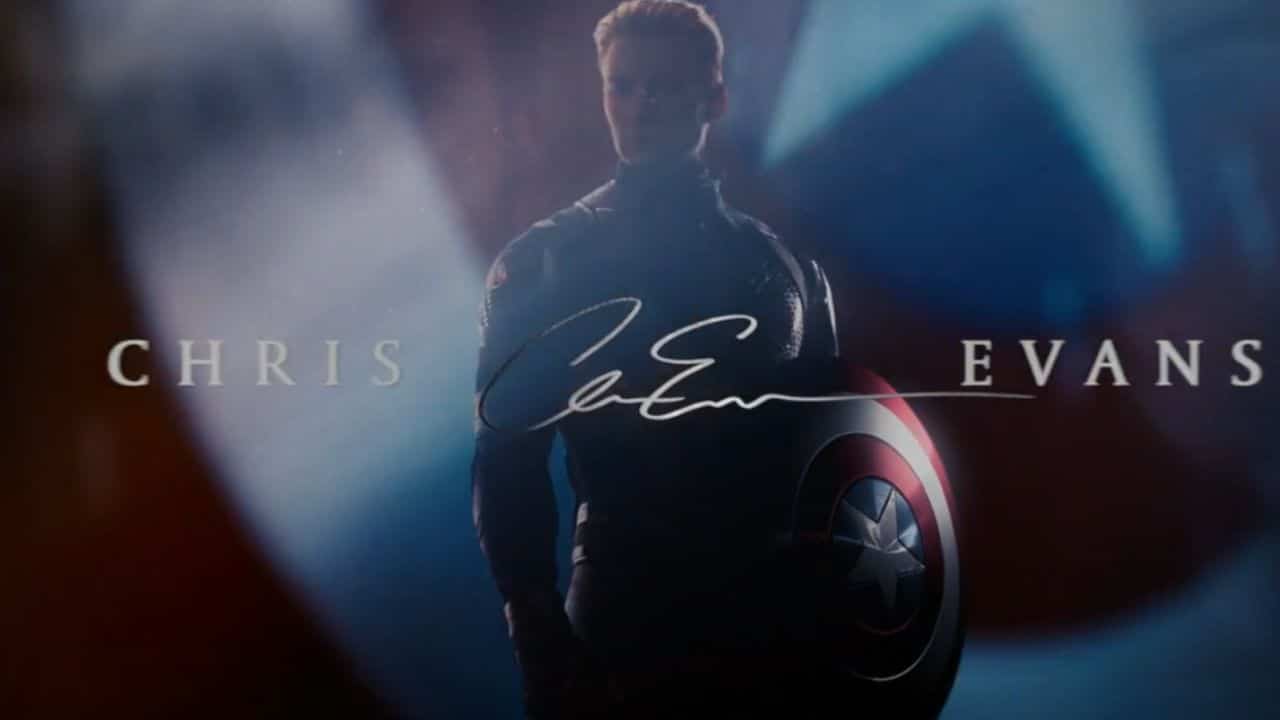
We cannot deny the anticipation we felt before Avengers: Endgame. With a 21-movie build-up, the movie concludes the Infinity saga in the Marvel Cinematic Universe. Unsurprisingly, the end credits reflect the grand scope of Endgame and everything that came before. They begin with “It’s Been A Long, Long Time,” continuing the song from the emotional final moment.
However, the highlight of the end credits features a version of Alan Silvestri’s “Avengers Theme,” called “Main on End,” played against images of the impressive cast roaster. They’re slightly out of focus with strobing lights, making them appear like projections from an old movie theatre.
The filmmakers give the five original Avengers (Robert Downey Jr., Chris Evans, Scarlett Johansson, Chris Hemsworth, Mark Ruffalo, and Jeremy Renner) a proper send-off, with a single static image of the character on top of a montage of scenes as the actors’s signature appears. This unique sequence celebrates and honors these actors incredibly, leaving the audience in awe.
5. The Parent Trap (1961)
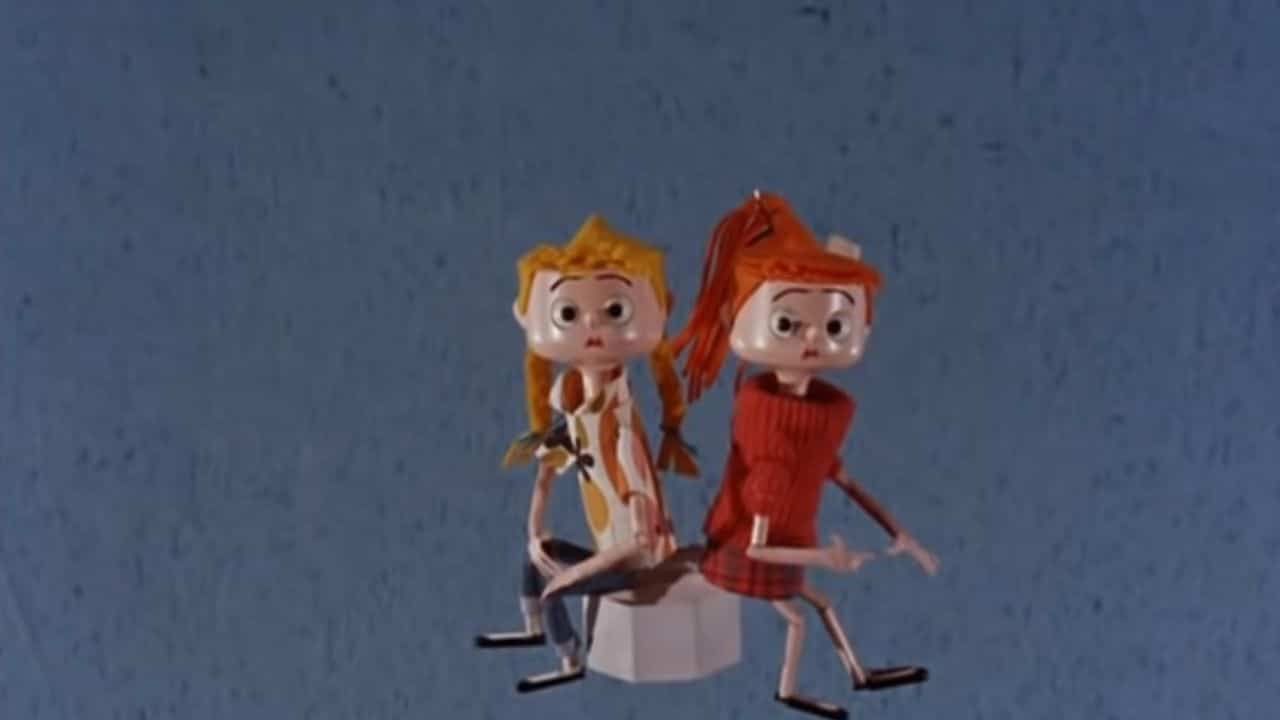
The original version of The Parent Trap begins in a fun and creative way- and one that proves these filmmakers went above and beyond. These opening credits involve a three-minute stop-motion animated sequence complete with the upbeat title song sung by Annette Funicello and Tommy Sands. The animated characters include two girls attempting to get their parents back together with help from two cherubs. These titles, created by T. Hee, Bill Justice, and Xavier Atencio, demonstrate the level of effort that went into the film.
6. Captain America: The First Avenger (2011)
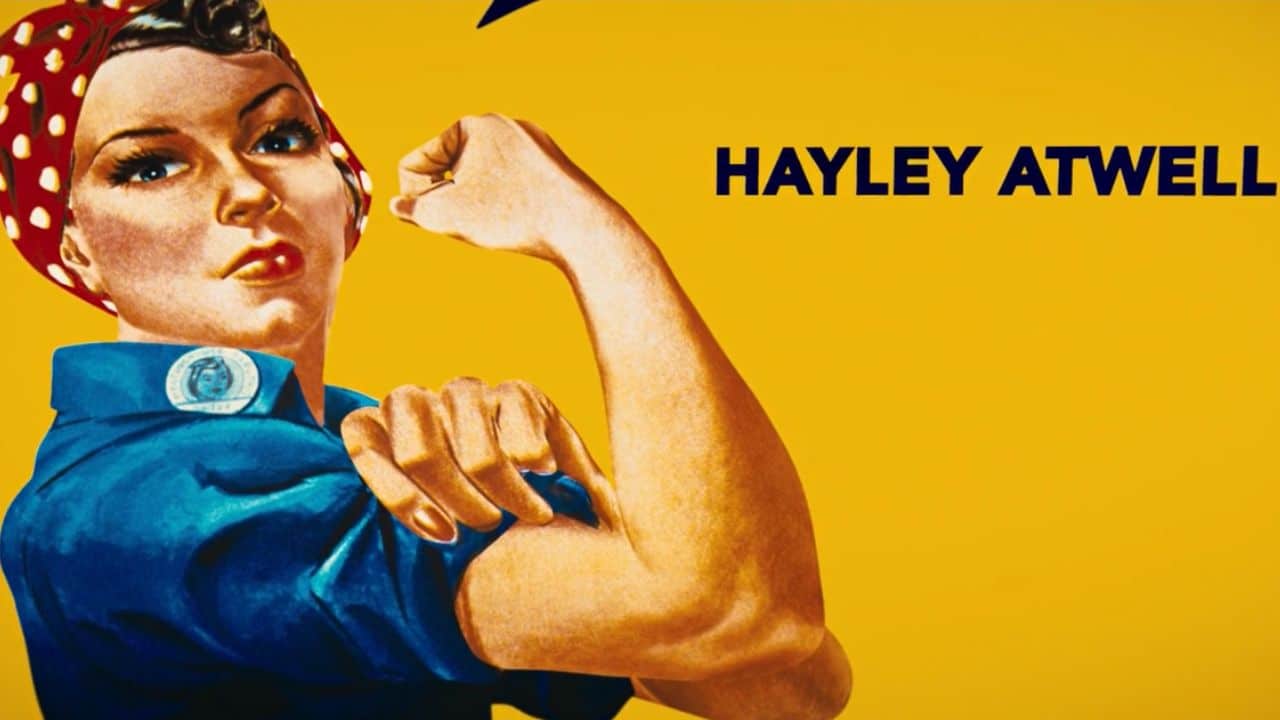
Set primarily during WWII, Captain America: The First Avenger’s end credits reflect the patriotic tone of the era, featuring a mix of propaganda posters and images, historical figures such as Rosie the Riveter, and pieces reminiscent of art by Norman Rockwell and J.C. Leyendecker. Instead of static images, they move and appear three-dimensional, giving the sequence a rousing and dynamic feel that matches the score by Alan Silvestri. These credits exude a vintage Americana spirit.
7. Spider-Man Trilogy (2002-2007)
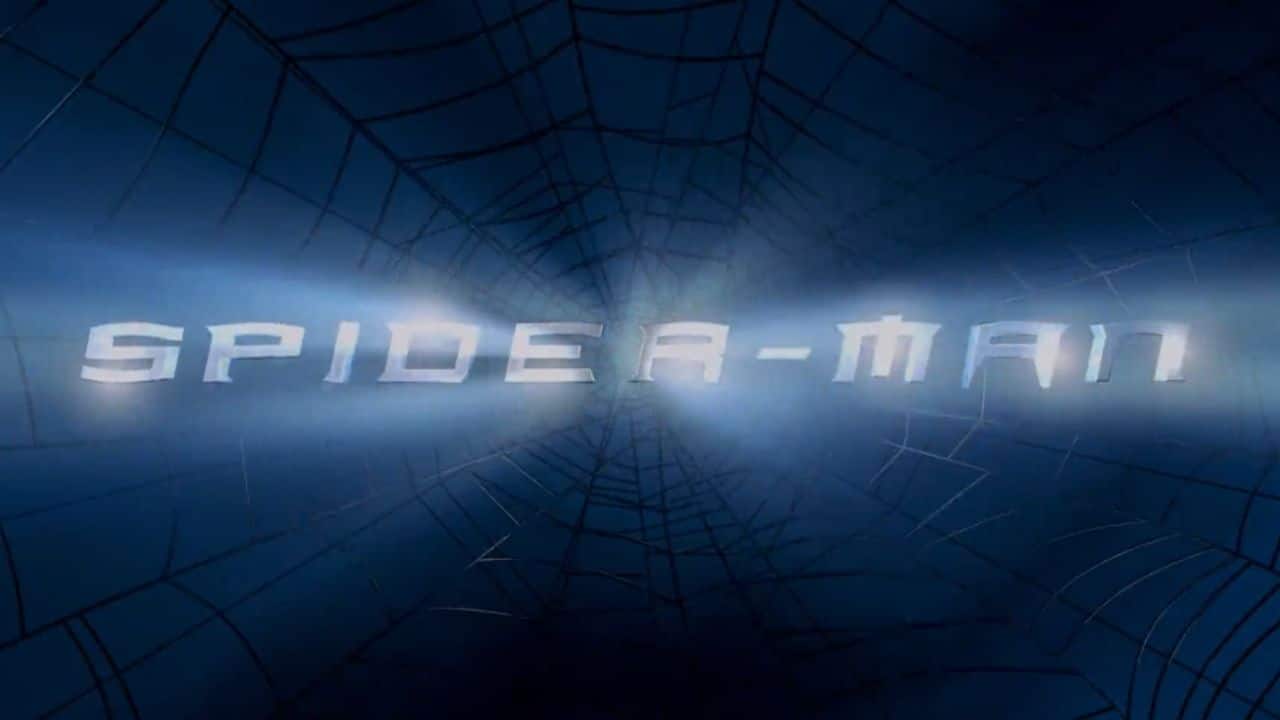
Each opening title in Sam Raimi’s Spider-Man trilogy has a similar aesthetic but critical differences that reflect the impending story. The first film has a simple sequence with animated webs that stretch and move frantically. Spider-Man 2 features these same elements but includes watercolor and pencil renderings of crucial moments from the first movie.
Spider-Man 3 continues with the same format, but this time, it features a montage of the first two films and a preview of the black entity that corrupts Peter. Each includes the same vibrant and high-energy Danny Elfman Spider-Man theme. And these creative and cohesive introductions reflect the films beautifully.
8. Mission Impossible Franchise (1996-2023)
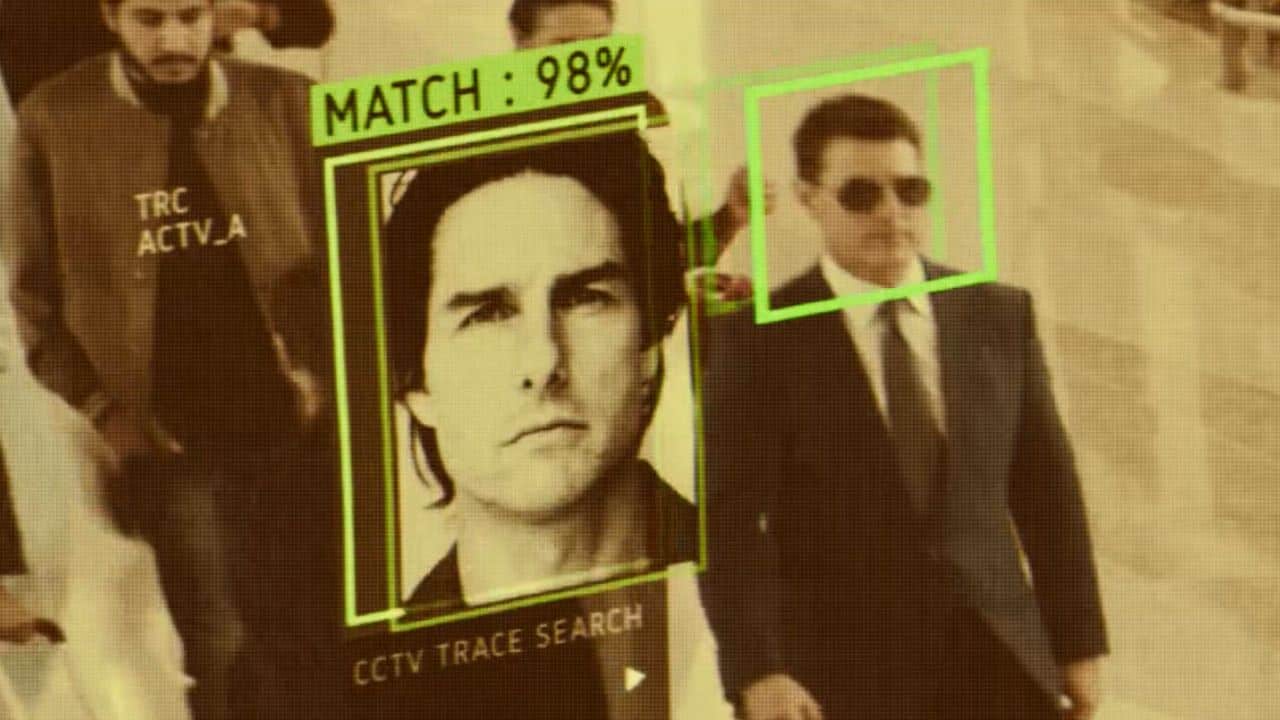
Every introduction from the Mission: Impossible films includes the classic theme song and a lit fuse to move the credits along- an homage to the original television series. The differences lie within the details. The first three are the shortest and most understated.
But from Ghost: Protocol onward, they have a more cohesive look and feel with a frantic and chaotic pace and use of out-of-context moments we’ll see in each movie. In particular, Fallout’s credits capture the franchise’s essence; Dead Reckoning Part I holds the record for the latest opening credits, occurring 28 minutes into the film.
9. Down With Love (2003)
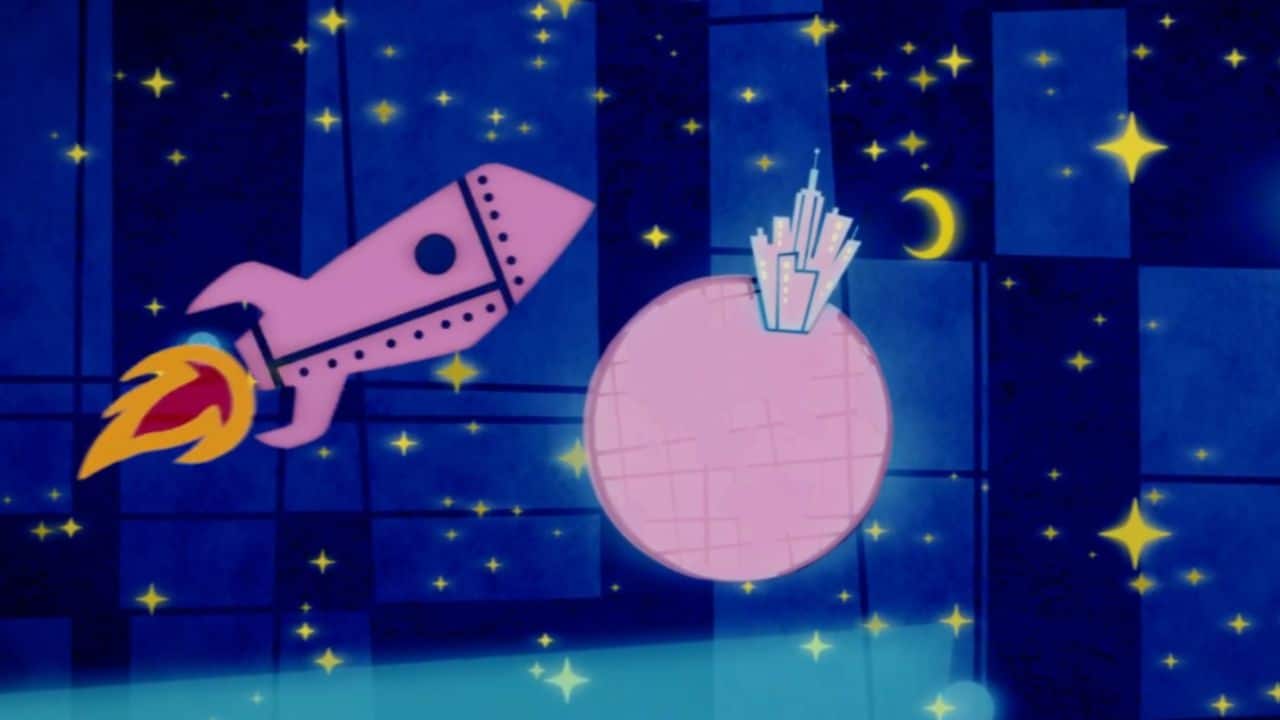
The candy-colored and zany Down With Love spoofs, satirizes, and reflects 1960s romantic comedies, especially ones that star Doris Day and Rock Hudson. Naturally, the opening titles do the same. The animated sequence, rich in high-saturated colors, includes a bright rendition of the title song by Michael Bublé and Holly Palmer. These credits stand out with their humorous sound effects, reminiscent of their 1960s counterparts.
10. The Incredibles (2004)
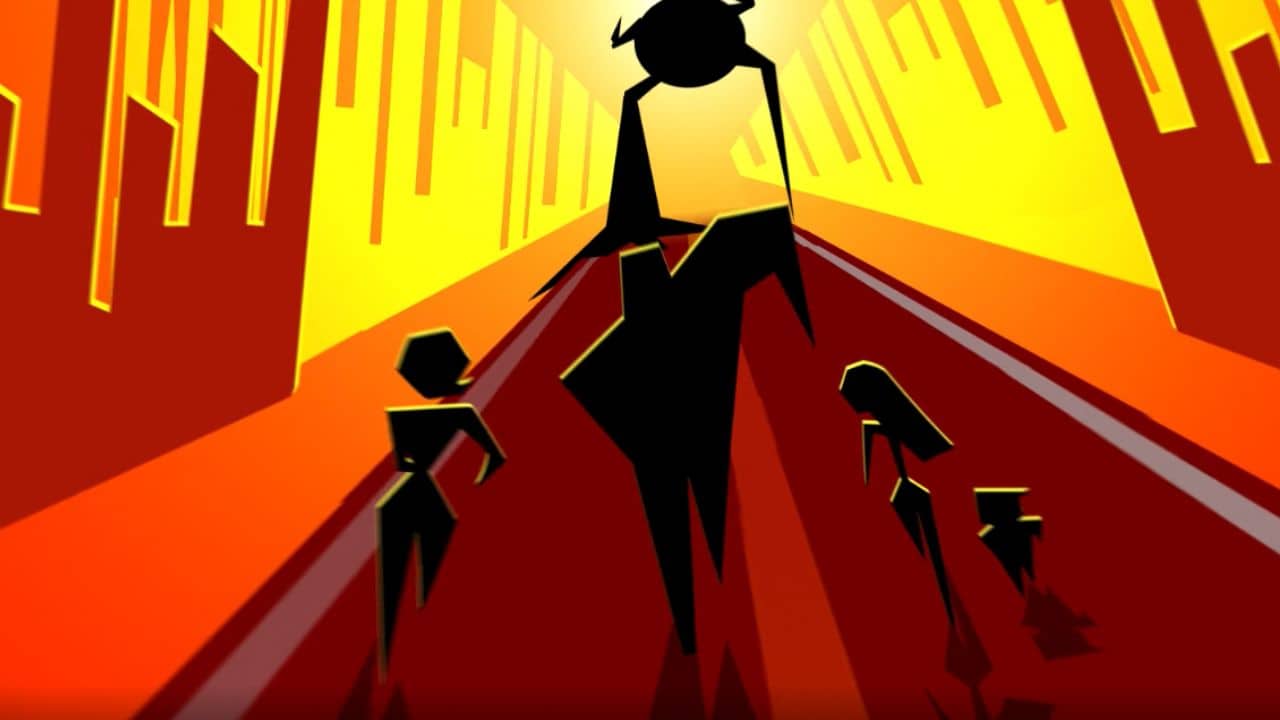
The end credits for The Incredibles create a natural and upbeat extension to the film’s narrative. The animated titles present mid-century and pop art aesthetics that complement the preceding story and Michael Giacchino’s lively score. The bright colors and movement help make the credits as enjoyable as the film.
11. Se7en (1995)
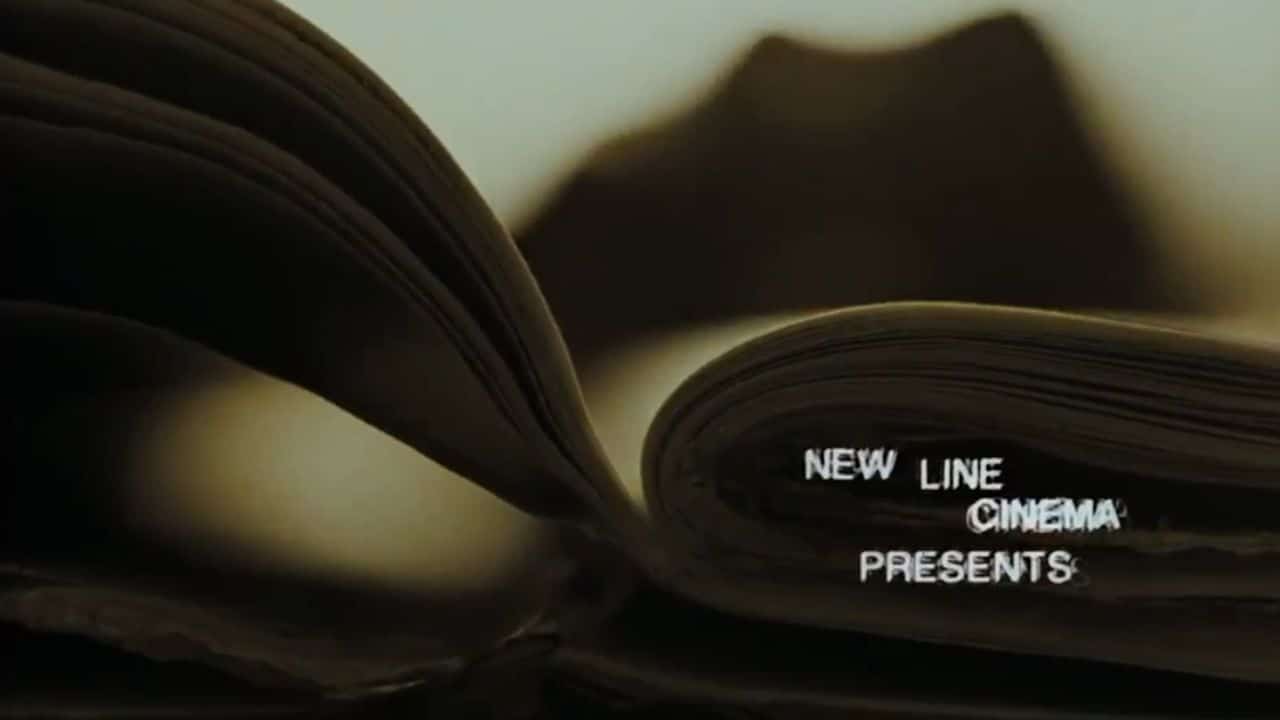
David Fincher knows how to set a mood with his films, and the opening titles for Se7en establish the proper ominous feeling. The movie follows a serial killer, so this sequence showcases the typical elements with said types, as seen in the closeup. The lack of color and off-kilter music gives the audience the appropriate unnerving feeling.
12. Lemony Snicket’s A Series of Unfortunate Events (2004)
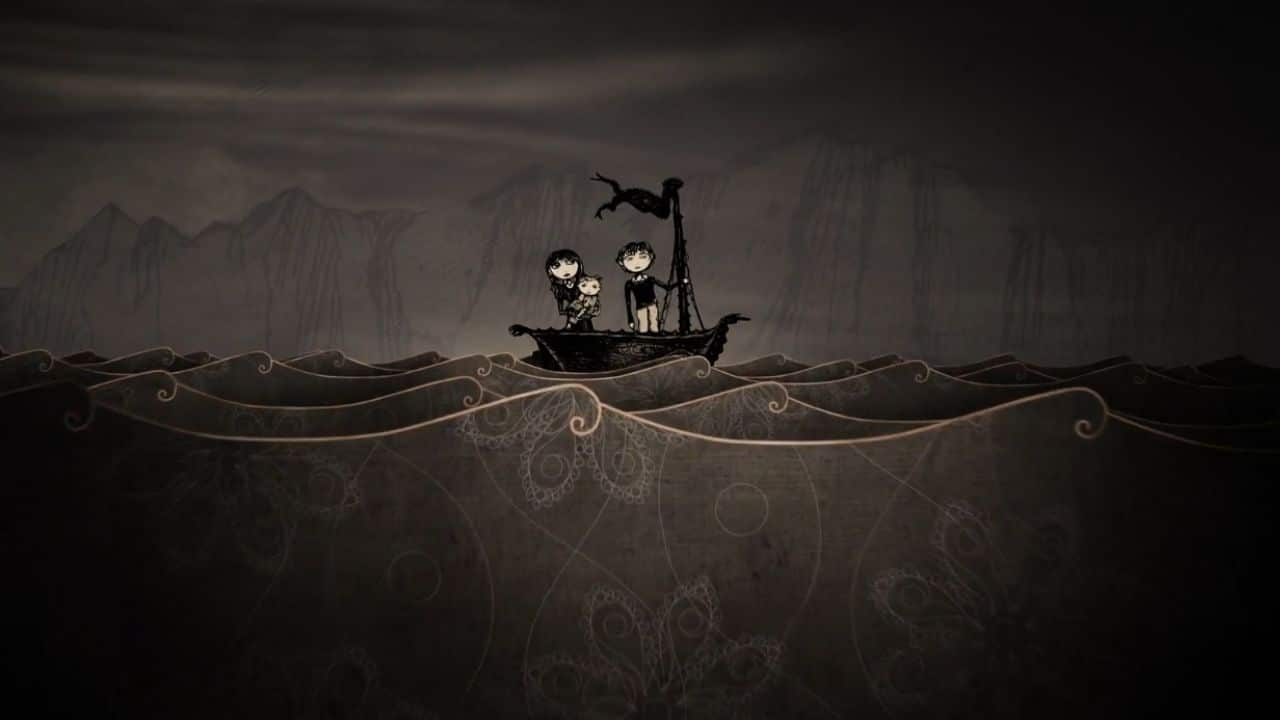
This darkly whimsical tale features credits just as fanciful. As unique as the film itself, the animated sequence created by Jamie Caliri combines illustrations of Count Olaf and the Baudelaire children with intricate patterns and dimensional effects that resemble paper art. This five-minute sequence ends the film on a dynamic, artistic high.
13. The Pink Panther (1963)
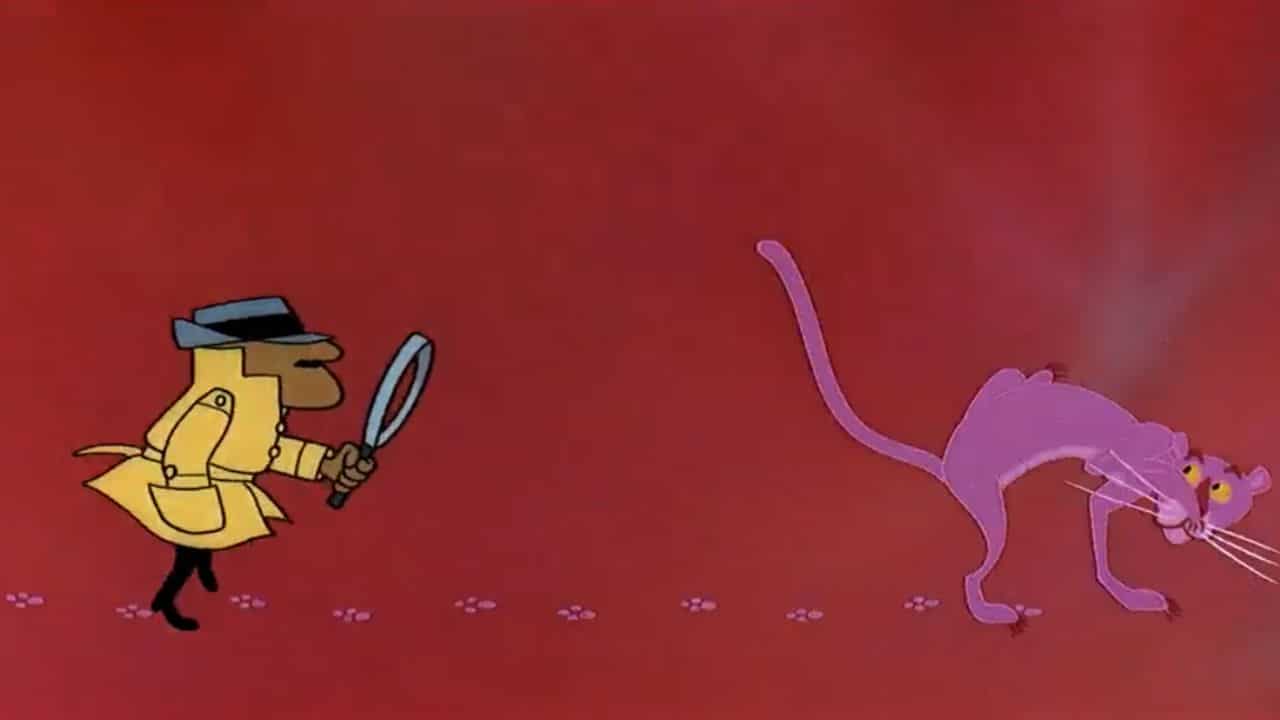
The Pink Panther begins with an animated introduction with, you guessed it, a pink panther. The character is wily and funny without the advantage of dialogue. However, with clever animation and Henry Mancini’s iconic jazzy theme, the sequence makes its mark in cinema. The title sequence set the standard for similar movies and was so popular that a subsequent cartoon series was born.
14. Vertigo (1958)
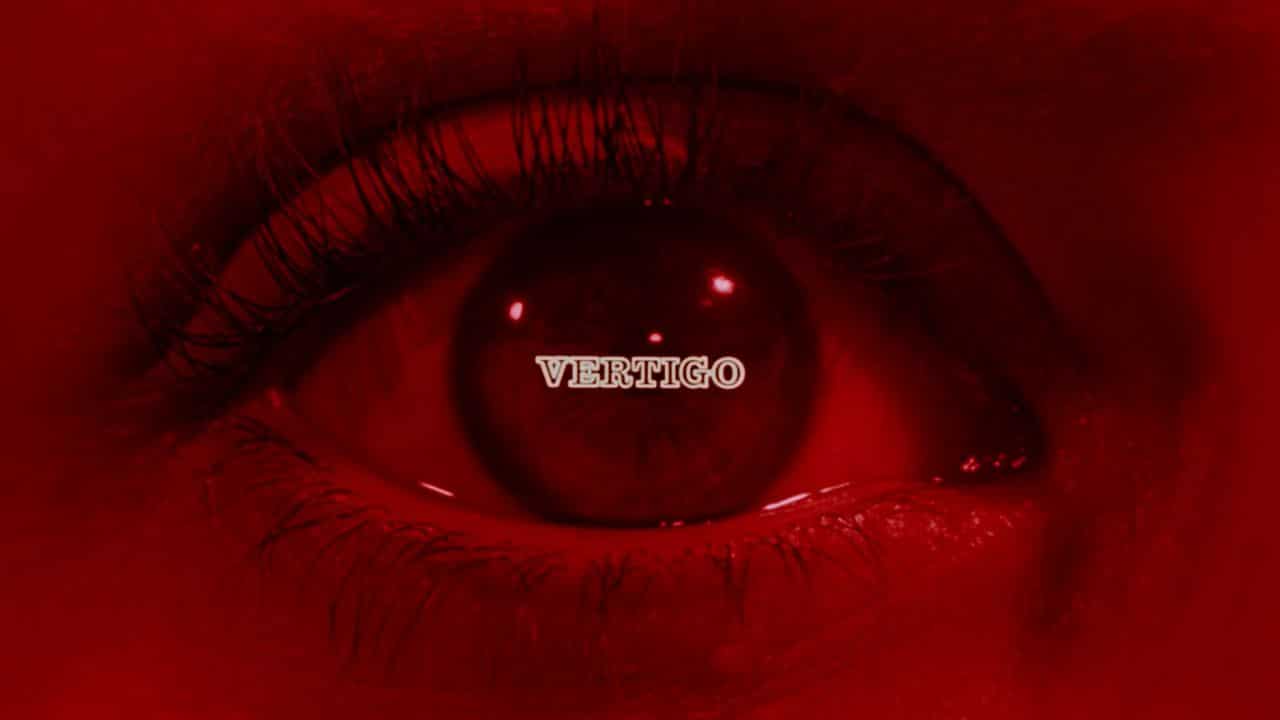
Vertigo’s introductory credits present the appropriate creepy and unnerving tone, establishing what’s to come. The score contrasts intense and soft music. The images include disquieting closeups of facial features bathed in colors of orange and green, along with swirling circles that reflect the feelings of fear and vertigo. These credits set the suspenseful tone for Hitchcock’s masterpiece.
15. Honey, I Blew up The Kid (1992)
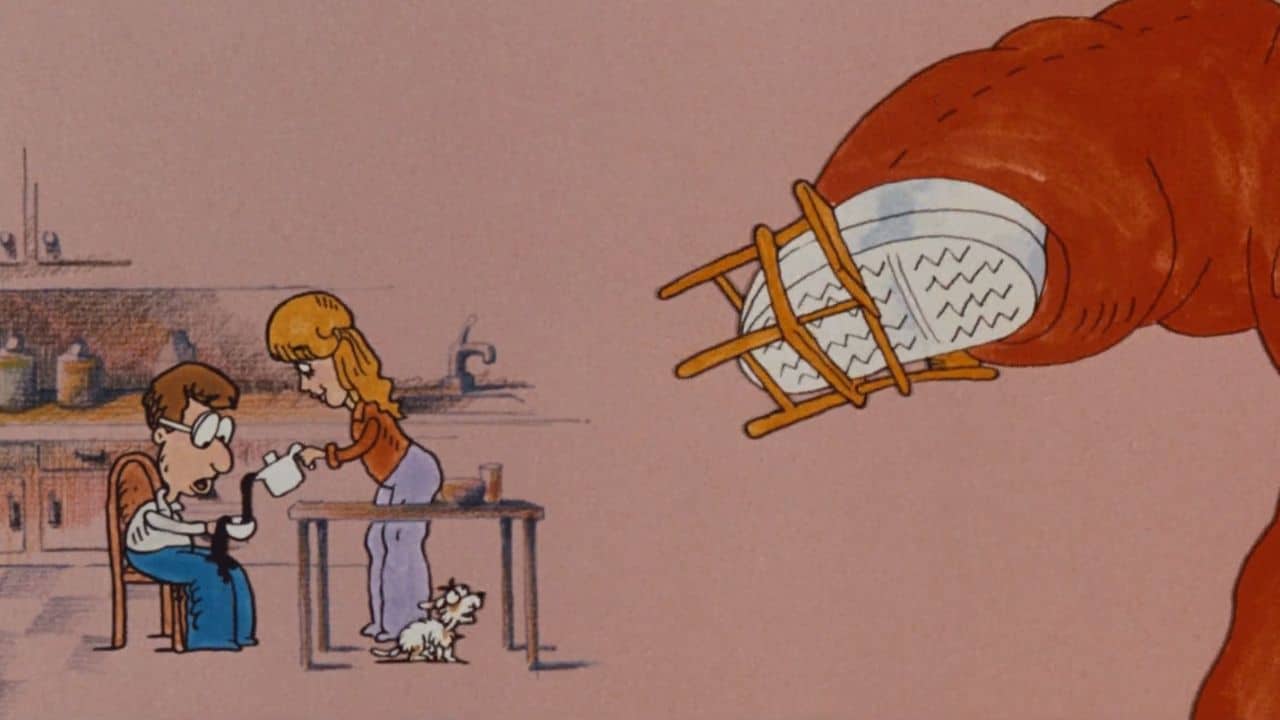
This sequel to Honey, I Shrunk the Kids features a hilarious animated sequence that sets up the story to come. Reminiscent of vintage newspaper comic strips, these credits show Wayne Selinski trying to deal with his baby boy, who is much larger than him. The sequence is silly, sweet, and the ideal opening for the delightful film.
